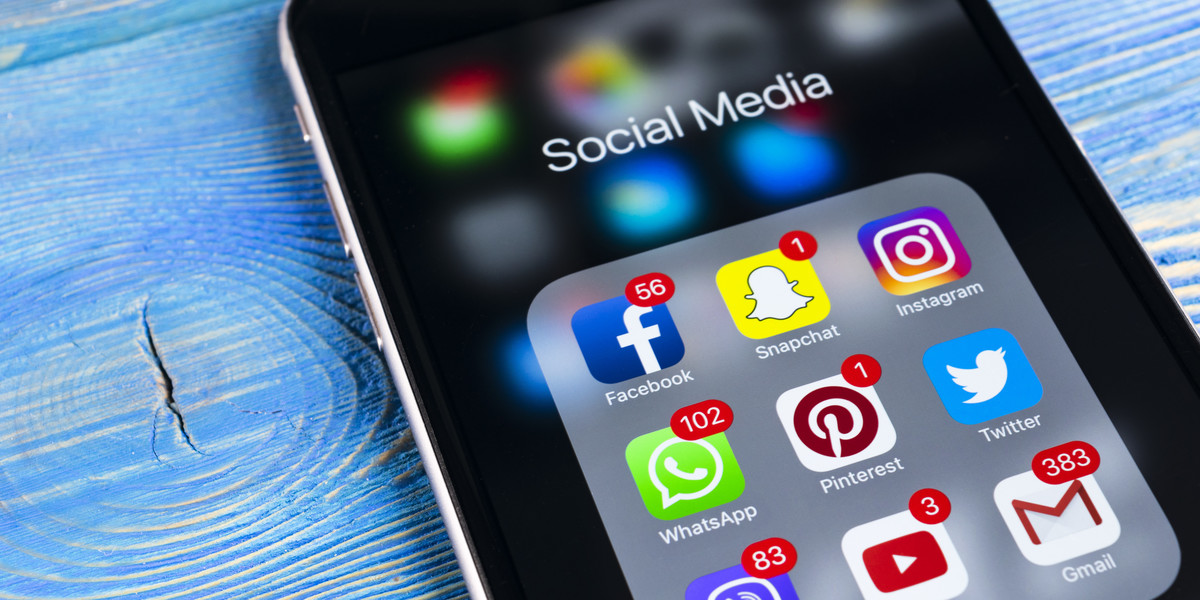Which social media channel is best for small businesses?
Facebook
Facebook ads appeal to businesses of all sizes due to its low costs and expansive database. If you have a tight marketing budget and want to experiment with social ads, Facebook is one of your best options. Benefits include:
- Its large audience (approx. 2 billions users).
- One billion of these are daily active users (2 billion monthly).
- High functionality and sophistication.
- The granularity with which you can target your audience – every consumer market imaginable is on Facebook.
- You can even upload your own email list and match it across Facebook’s users and create lookalike audiences of similar people, helping you acquire similar customers more easily.
- You can evaluate the performance of your ads with Facebook Insights.
- Option to re-target your audience.
- Lots of flexibility designing your ads – they can be highly visual and align with the ways people use the network.
- The platform is constantly evolving its ads offering to reflect user behaviour, including mobile optimisation.
- Google Analytics URL tagging to track ad campaigns back to your site. This means you can see who has come to your website from your Facebook ads. You can build these URLs directly within Facebook.
- Split testing allows for refinement, making your money go further.
- You can create and save audiences and a gallery of ad images to use time and again.
How much does it cost?
You set the parameters. Two primary factors that influence the cost of your Facebook ads are your target audience and your ads’ Relevancy Score. The more desired your target audience is, the more it’s going to cost to target them above your competitors to achieve those clickthrough rates. Your Relevancy Score is based on the success of your ads. You receive a score between 1-10, which is determined by how users interact with it. It’s Facebook’s way of ensuring pay per click ads are relevant to who they’re being targeted at. The higher your score is, the less it will cost for the ad impression be delivered. Seasons and holidays can also increase your spend as competition can increase during a certain time period.
You can start with as little as £100 for a simple campaign. If your results are profitable, you can add more budget easily.
If you’re not yet advertising on Facebook, it’s definitely worth considering how to fit it into your marketing strategy.
Instagram
Facebook acquired photo-sharing app Instagram in 2012, so its ads use the same system as Facebook. With 800+ million users and growing, this is another channel with strong marketing potential and can be a great fit for certain types of small businesses – eg. those in the food and hospitality industry and lifestyle-based businesses. Using the news feeds on these sites is a great way to advertise on social and you can’t waste money.
Don’t treat Instagram ads the same as Facebook ads as people use the platforms for different reasons (Facebook is used to connect with friends, articles, funny posts, etc. while Instagram is all about visually pleasing photos). It’s free and easy to set up an Instagram Business Account. Benefits include:
- Audience targeting – you can use filters to target specific people or set your ads to only show to users who mirror your current audience.
- Higher post engagement than Facebook due to less clutter on the feed – Instagram is about photos/videos, Instagram story, nothing else.
- Consumers are more likely to engage with brands on Instagram over Facebook and Twitter. Sprout Social have put together some useful insights on what makes Instagram so successful and prosperous for marketers.
- Clear tracking – Instagram’s dashboard allows you to review how many users see, click and convert after seeing your ad. This will help you refine as you move forward to increase their effectiveness.
How much does it cost?
The average cost per click is between £1-2 (costs vary widely depending on your ad type, industry and audience size). A good idea is to start small at £5/day then increase once ads are refined. After this, increase your daily budget and you increase how many people see your ad. Facebook charges businesses to run ads in exactly the same way: You decide what to spend each day/over a set time period. You choose whether to be charged back on how many users CLICK on your ad, or how many people VIEW your ad. Having the right advertising strategy is key. Use an ad manager for tighter control.
Twitter
With 330 million monthly active users, Twitter is the third largest social media platform on the internet. Twitter claims 80% of its users are “affluent millennials”, with the number one reason for using the platform being “to discover something new and interesting.”
Types of Twitter ads include Promoted Tweets, Promoted Accounts and Promoted Trends. ‘Promoted’ means your ads show to users who don’t yet follow your Twitter account. Here’s a useful summary from Hootsuite on how to use the different Twitter ads.
How much does it cost?
There’s no minimum spend and you get to select a daily budget for your ads. Ads run on an auction system. Here’s more information from Twitter on how to set up an ad and how much it costs.
LinkedIn
With more than 546 million users in 200+ countries, LinkedIn is the largest social media network for professionals. One in three professionals has a LinkedIn account.
LinkedIn’s Campaign Manager is a self-service advertising platform where you can deliver relevant, targeted messages via sponsored content, sponsored InMail and Text Ads.
You can set campaign start and end dates, plus a maximum daily budget (minimum is £2).
You can target people via a number of filters including location, company name, company industry, company size, job title, job function, skills, degrees, fields of study and more.
How much does it cost?
There’s a minimum daily spend of £2. Ads are priced at a pay per click (pay for performance) or pay-per-1,000 impressions (seen ad) basis (this is available for managed campaigns through a Marketing Solutions representative). Campaign Manager allows you to set your own budgets, controlling your costs by setting a maximum budget you want to spend per day and setting maximums bids, which is the most you want to pay for each click or every 1,000 impressions. Here’s more information from LinkedIn on how to set up an ad and how much it costs.












